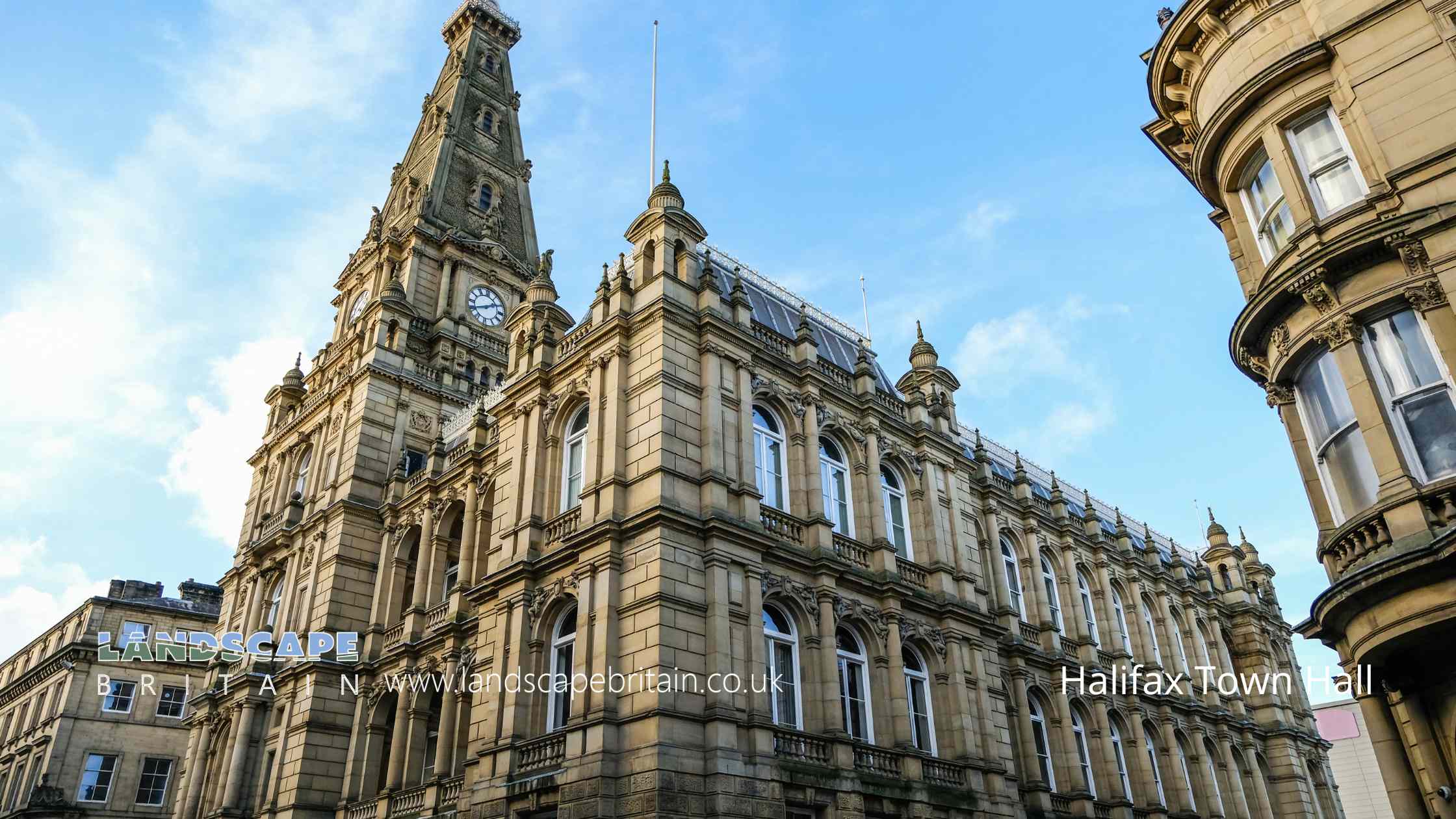
Town Hall - Halifax by gollykim
Halifax Town Hall
Halifax Town Hall, opened with grandeur in 1863, stands as a testament to the rich history and architectural finesse of the 19th century, designated as a Grade II* listed building. This civic masterpiece, designed by the esteemed Sir Charles Barry, reflects the economic triumphs of Halifax during its time, fueled by the flourishing wool industry. The town hall’s external grandiosity, peppered with intricate sculptures by John Thomas, speaks volumes of the town’s confidence during that era.
The interior of Halifax Town Hall has stood the test of time, retaining its original configuration along with some truly remarkable spaces and decorative elements that captivate the eyes of visitors. The building was initially erected to serve multiple civic purposes, housing a council building, courthouse, and police station under one roof. This multiplicity of functions showcases the burgeoning development of organized local government during the mid-19th century.
Sir Charles Barry, a leading architect of his time, laid out the plans for this remarkable edifice. Upon his death, his son Edward Middleton Barry took the reins, ensuring the continuation and completion of his father’s vision. The delicate stone carving, which commenced under the talented John Thomas and concluded with Daniel Maclise’s oversight, alongside E.M. Barry’s contributions to the interior designs, are hallmarks of the building’s aesthetic charm.
Barry’s design didn’t merely serve its intended purpose; it also added a monumental value to the middle of Halifax. The town hall, with its splendid tower and spire, lavish decor, and noble association with other listed buildings in the vicinity, stands as a beacon of historical and architectural significance.
The building’s layout—a grand rectangle with a soaring tower at its corner—is executed in ashlar stone from the nearby Ringby quarries. Its detailed façade, featuring arcaded orders of columns and round-arched windows, speaks to a timeless elegance, while the steep mansard roof, crowned with turrets and belvederes, watches over the town. The opulent tower is particularly eye-catching, with clock faces, statues symbolizing the continents, and celestial angels that seem to guard the space.
Inside, the legacy of the town hall continues. From the grand staircase under a dome of colored glass, embellished with historical paintings, to the Victoria Hall with its majestic gallery, the building impresses with both scale and detail. The Council Chamber, former Mayor’s Parlour, and other key rooms preserve original features like stained glass, ornate fireplaces, and bespoke oak furniture, all framed by decorative plasterwork that was a signature of Barry’s design ethos.
Halifax Town Hall, more than a century and a half after its opening, still dominates the architectural landscape of the town, a proud emblem of its past and an enduring cornerstone of its cultural heritage.
Created: 9 November 2023 Edited: 5 January 2024
Halifax Town Hall
Local History around Halifax Town Hall
There are some historic monuments around including:
The gibbet platformLate prehistoric enclosed settlement 350m south west of Goose Clough at Hunter Hill, OvendenBrow Pit mine shaft, gin circle, spoil heap and tramway, 270m south west of Catherine Slack FarmLate prehistoric enclosed settlement 500m north west of Goose Clough on Ovenden MoorCairnfield on Ringstone Edge Moor, 240m south west of Clay HouseGrimscar Roman tileryMagna ViaVentilation chimney and furnace house 260m south of Park FarmMill gas plant, Shaw Lodge MillsEnclosed Bronze Age urnfield 160m west of Overgreen Royd Farm, MixendenCambodunum Roman fort and vicus, Slack.






